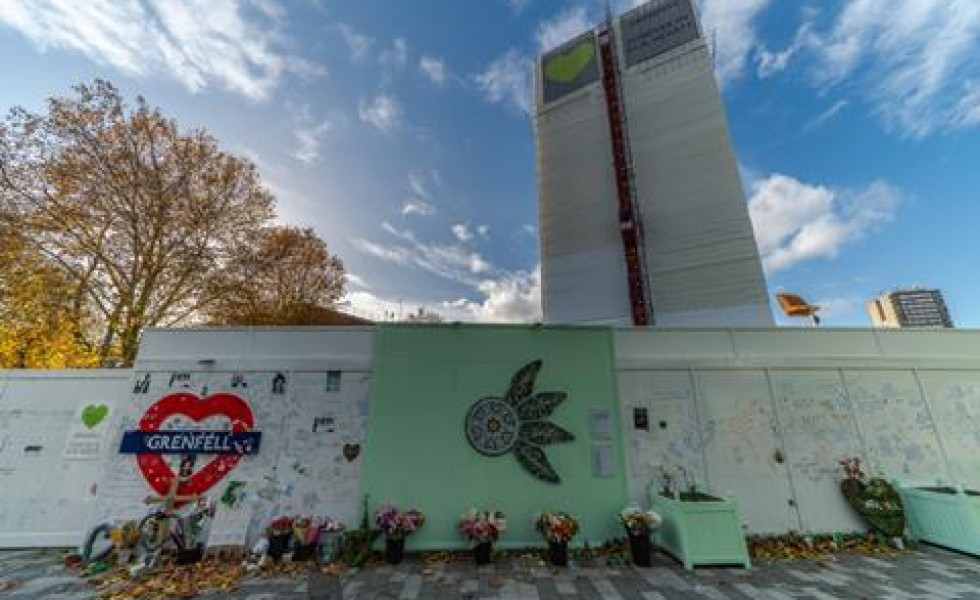National Audit Office Pushes for Cladding Remediation Deadlines
20/11/24
A recent National Audit Office (NAO) report has highlighted the need for the UK government to publish a target date for completing dangerous cladding remediation.
This marks the NAO's first report on the government's consolidated remediation portfolio since five separate programmes were unified in 2023. The report follows the Grenfell Inquiry, which examined the June 2017 fire that claimed 72 lives.
The report assesses the Department for Levelling Up, Housing and Communities (DLUHC) on its effectiveness in identifying unsafe buildings, expediting remediation and managing taxpayer costs.
The scope of government remediation has evolved as more buildings requiring attention have been identified, now estimated at 9,000-12,000 structures over 11 metres. Progress has been notable since the 2020 NAO investigation, with 4,771 buildings included in the portfolio, though many remain unidentified.
Seven years after Grenfell, 98 per cent of high-rise buildings over 18 metres are accounted for, aided by mandatory registration under the 2022 Building Safety Act. However, medium-rise buildings (11-18 metres) lack mandatory registration, delaying progress. Of 4,771 medium-rise buildings, over half have not commenced remediation.
Remediation costs total an estimated £16.6 billion. DLUHC plans to cover £9.1 billion, with developers, private owners, and social housing providers contributing the remainder. To manage taxpayer expenses, DLUHC aims to recoup funds through developer contributions and a Building Safety Levy, expected no earlier than autumn 2025.
The report stresses the need for DLUHC to align remediation with broader objectives like decarbonisation and housing development.
Gareth Davies, head of the NAO, said: "Seven years on from the Grenfell Tower fire, there has been progress, but considerable uncertainty remains regarding the number of buildings needing remediation, costs, timelines and recouping public spending. There is a long way to go before all affected buildings are made safe, and risks MHCLG must address if its approach is to succeed.
"Putting the onus on developers to pay and introducing a more proportionate approach to remediation should help to protect taxpayers' money. Yet it has also created grounds for dispute, causing delays.
"To stick to its £5.1 billion cap in the long run, MHCLG needs to ensure that it can recoup funds through successful implementation of the proposed Building Safety Levy."
Source: Government should publish a target date for ending cladding remediation - NAO press release

